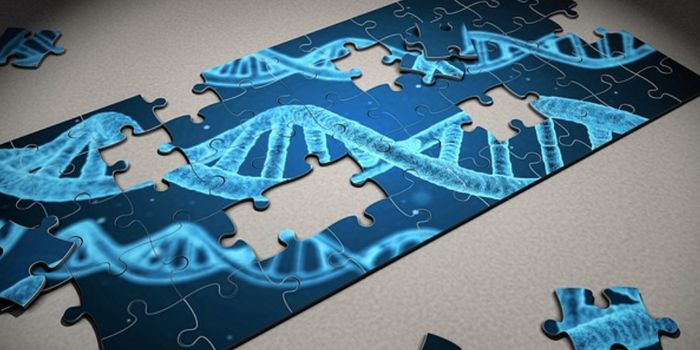Learning More About the Molecular Basis of Appetite
Neurons in the human brain play a crucial role in appetite, satiety, and metabolism. Research has revealed more about the neuronal circuits that are involved in these processes, as well as obesity. Reporting in iScience, researchers have now identified a protein called XRN1 that contributes to obesity and extreme overeating in mice. This process was found to involve other molecules that are known to be related to appetite and obesity.
In mice that lost XRN1 from the hypothalamus, a part of the brain known to help regulate thirst, appetite, temperature, and other processes, weight gain started at six weeks of age. The mice were obese by twelve weeks, and fat built up in their bodies. The mice that were engineered not to express XRN1 were found to be consuming about twice as much food as normal mice.
The scientists did not know what effect the deletion of XRN1 would have, and this result was unexpected. “This finding was really surprising,” said study co-author Dr. Shohei Takaoka.
Previous work by other groups has shown that a hormone called leptin supresses hunger. In this study, the researchers determined that in the mice lacking XRN1, there were abnormally high levels of leptin in the blood. These mice were unresponsive to the leptin, which should have been reducing their appetite; they were leptin-resistant. Further work showed that the mice were also insulin-resistant, which impaired their ability to properly regulate levels of glucose. Blood glucose levels rose as the mice aged.
“We think that the levels of glucose and insulin rose due to the lack of response to leptin,” explained study co-author Dr. Akiko Yanagiya, a researcher in the Cell Signal Unit at OIST. “Leptin resistance meant that the mice kept eating, keeping the level of glucose in the blood high, and therefore increasing insulin in the blood.”
The researchers found that the XRN1-deficient mice were not expending more or less energy that normal mice. However, measurements suggested that these mice were using carbohydrates for energy, while normal mice can burn fat when they are less active, and carbohydrates when they are more active.
“For some reason, this means that without XRN1, the mice cannot use fat as a fuel effectively,” said Yanagiya. “Why this occurs though, we still don’t know.”
The mice also burned less energy by the time they were twelve weeks old compared to normal mice, which the scientists suggested was due to obesity. The mice overate because they were leptin-resistant, and it led to obesity, suggested Yanagiya.
Additional research found that in XRN1-deficient mice, mRNA encoding for agouti-related peptide (AgRP) was also abnormally high. This may be a cause of leptin resistance, but more research would be needed to determine if that's the case. The researchers want to learn more about how XRN1 affects hypothalamic neurons to control appetite.
Sources: Okinawa Institute of Science and Technology (OIST) Graduate University, iScience
-
APR 30, 2024Immuno-Oncology Virtual Event Series 2024
-
MAY 07, 20243rd International Biosecurity Virtual Symposium
-
JUN 06, 2024The Future of Scientific Conferencing
- See More


















































